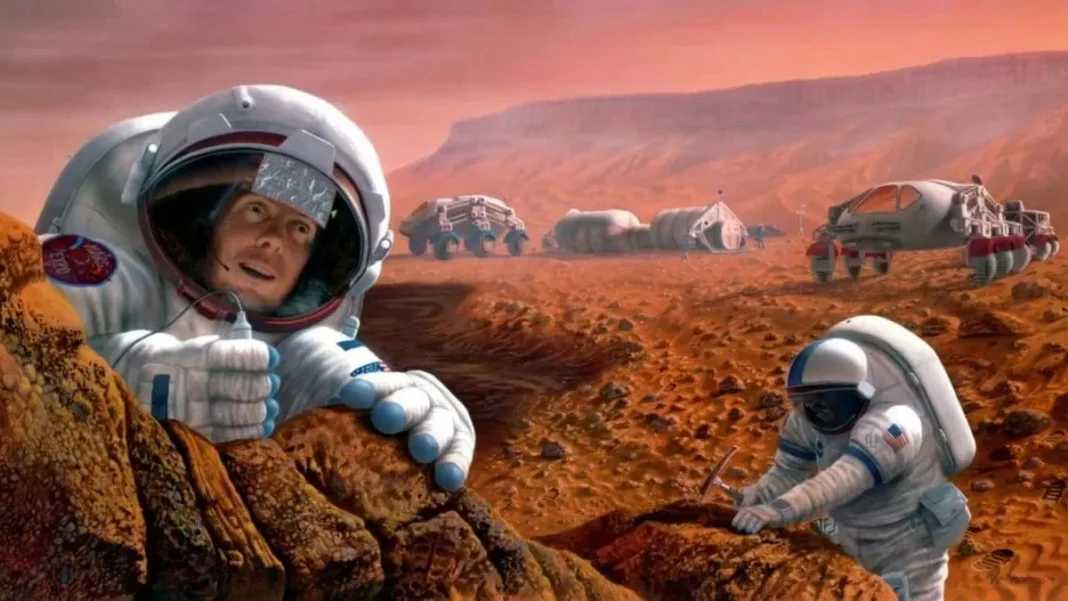Scientists have recently achieved a major breakthrough in the field of space exploration. A team of researchers has successfully grown algae in bioplastic chambers under Mars-like conditions, bringing us one step closer to creating sustainable habitats for astronauts. This accomplishment not only opens up new possibilities for long-term space colonization, but it also has the potential to reduce the need for Earth-based resupply missions, making space travel more efficient and cost-effective.
The chambers used in this experiment were made from polylactic acid, a type of bioplastic that is derived from renewable resources such as corn starch or sugar cane. This makes it a more environmentally friendly alternative to traditional plastic, which is largely made from non-renewable fossil fuels. The use of bioplastic in the construction of these chambers not only supports the goal of sustainability, but also has the added benefit of reducing the overall weight of the chambers, making them easier to transport to Mars.
The team of scientists, led by Dr. Maria Diaz, conducted their experiment in a controlled environment that simulated the harsh conditions of Mars. This included low atmospheric pressure, high levels of carbon dioxide, and extreme temperatures. Despite these challenging conditions, the algae thrived and successfully underwent photosynthesis, producing oxygen and stabilizing liquid water within the chambers. This is a crucial development as liquid water is essential for the growth of plants and ultimately for sustaining life on Mars.
What makes this achievement even more significant is the potential for self-replicating biomaterials. The use of bioplastic in the construction of the chambers means that they can be 3D printed, allowing for the easy and rapid production of more chambers. This could potentially eliminate the need for continuous resupply missions from Earth, making long-term space colonization a more feasible and sustainable option.
The implications of this breakthrough are far-reaching. Not only does it bring us closer to establishing a sustainable human presence on Mars, but it also has the potential to revolutionize the way we think about sustainability here on Earth. With the constant threat of climate change and our limited resources, this development opens up new possibilities for using biodegradable and renewable materials in various industries, reducing our impact on the environment.
The success of this experiment is a testament to the power of innovation and collaboration. Dr. Diaz and her team have shown that with determination and dedication, we can overcome seemingly insurmountable challenges. Their research not only pushes the boundaries of space exploration, but it also inspires us to think outside the box and find sustainable solutions to the problems we face here on Earth.
This breakthrough is just the beginning. There is still much to be done in order to make sustainable habitats on Mars a reality. However, this achievement has set us on the right path and gives us hope for a future where humans can thrive on other planets. It is a reminder that with perseverance and the right tools, anything is possible.
In conclusion, the successful growth of algae in bioplastic chambers under Mars-like conditions is a monumental achievement. It not only brings us closer to our goal of colonizing Mars, but it also has the potential to revolutionize sustainability efforts both on Earth and in space. This breakthrough serves as a reminder of the endless possibilities that lie ahead and the importance of investing in research and development in the field of space exploration. With continued dedication and innovation, we can make sustainable habitats for astronauts a reality and pave the way for a brighter future for humanity.


